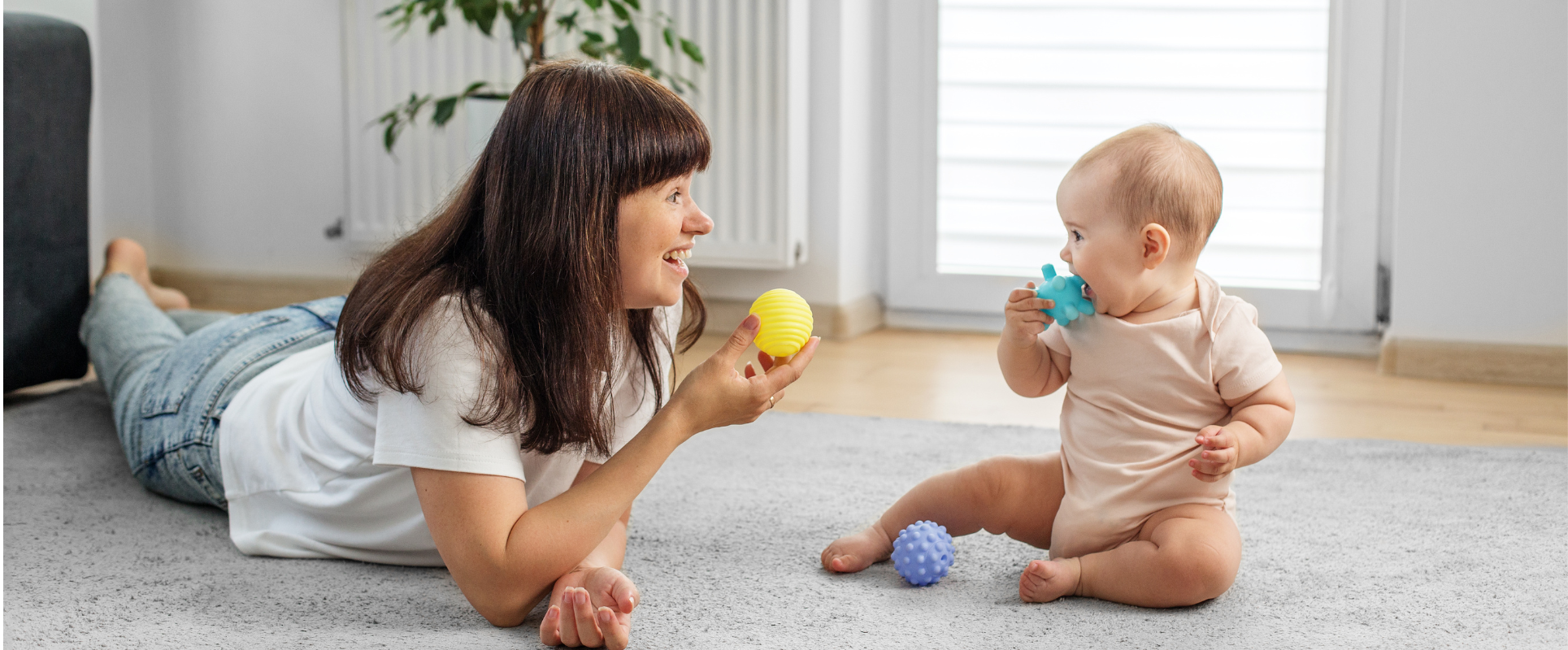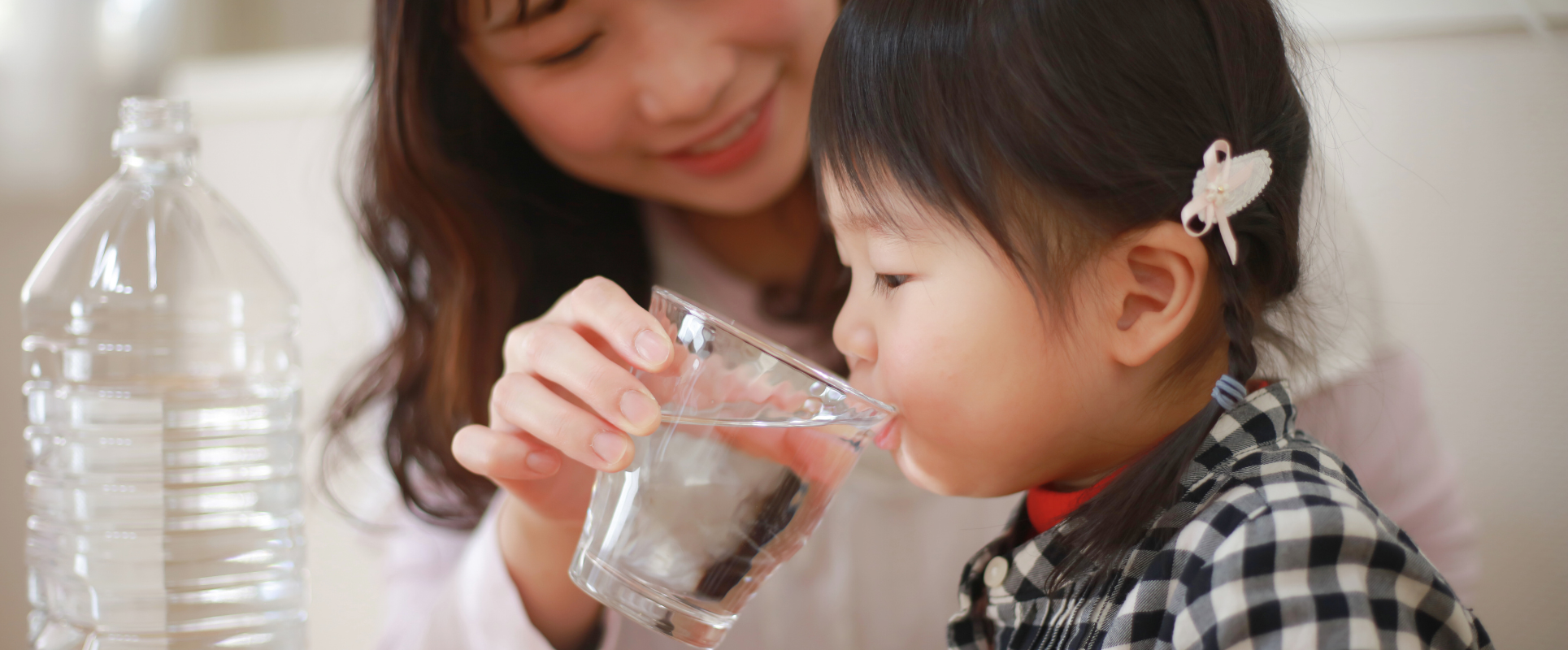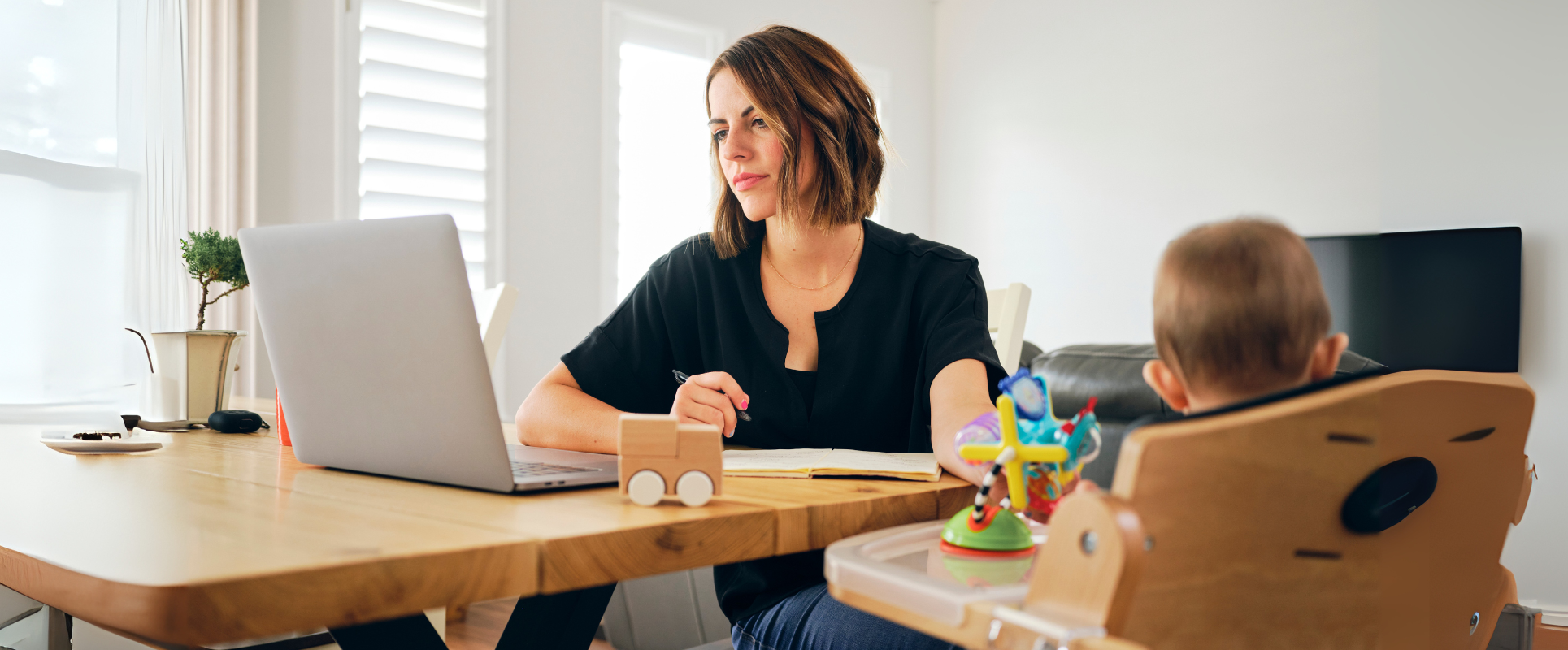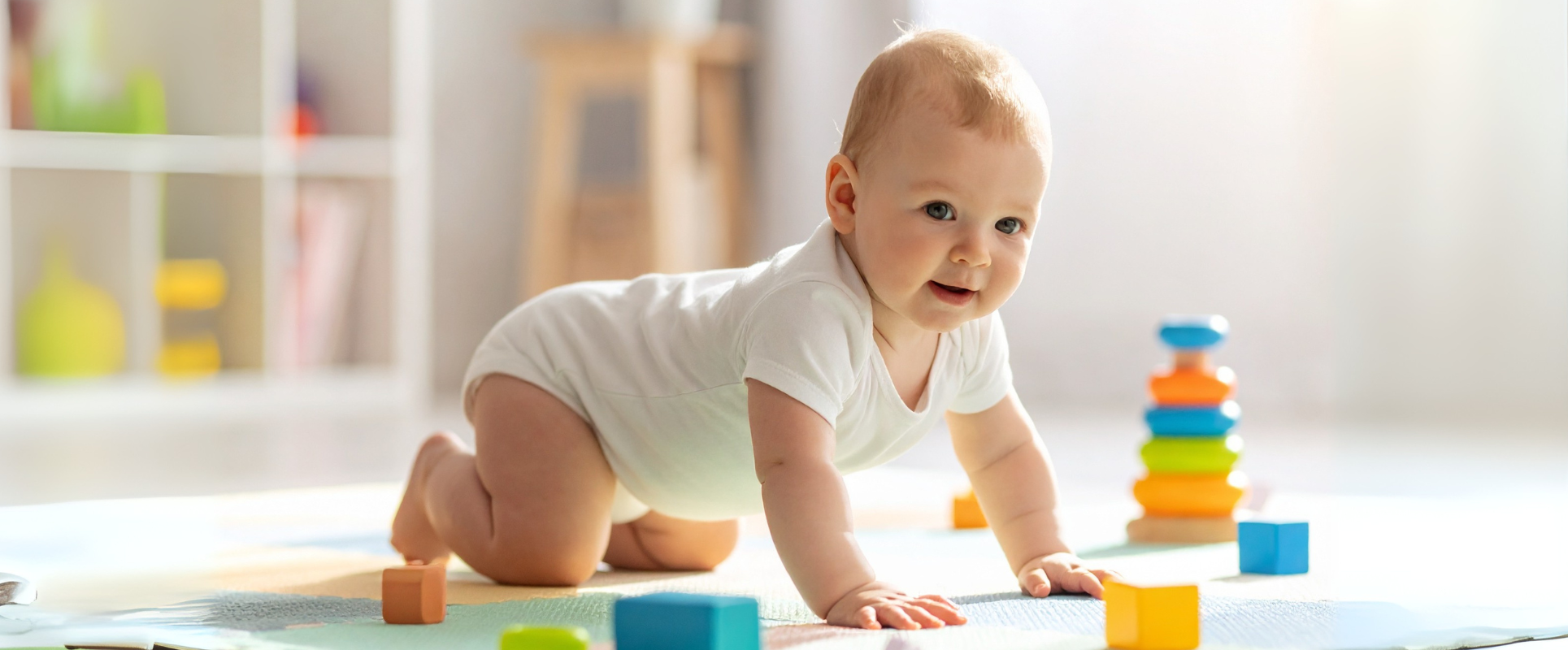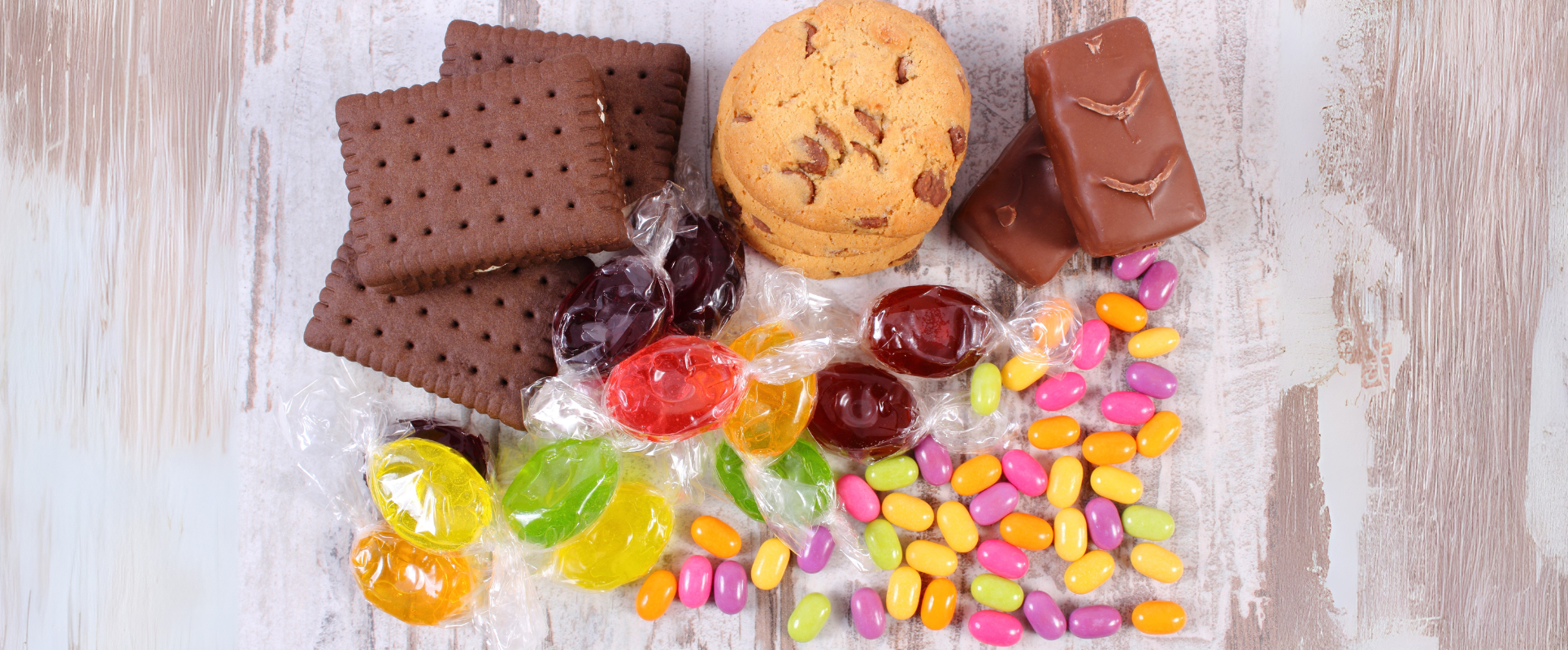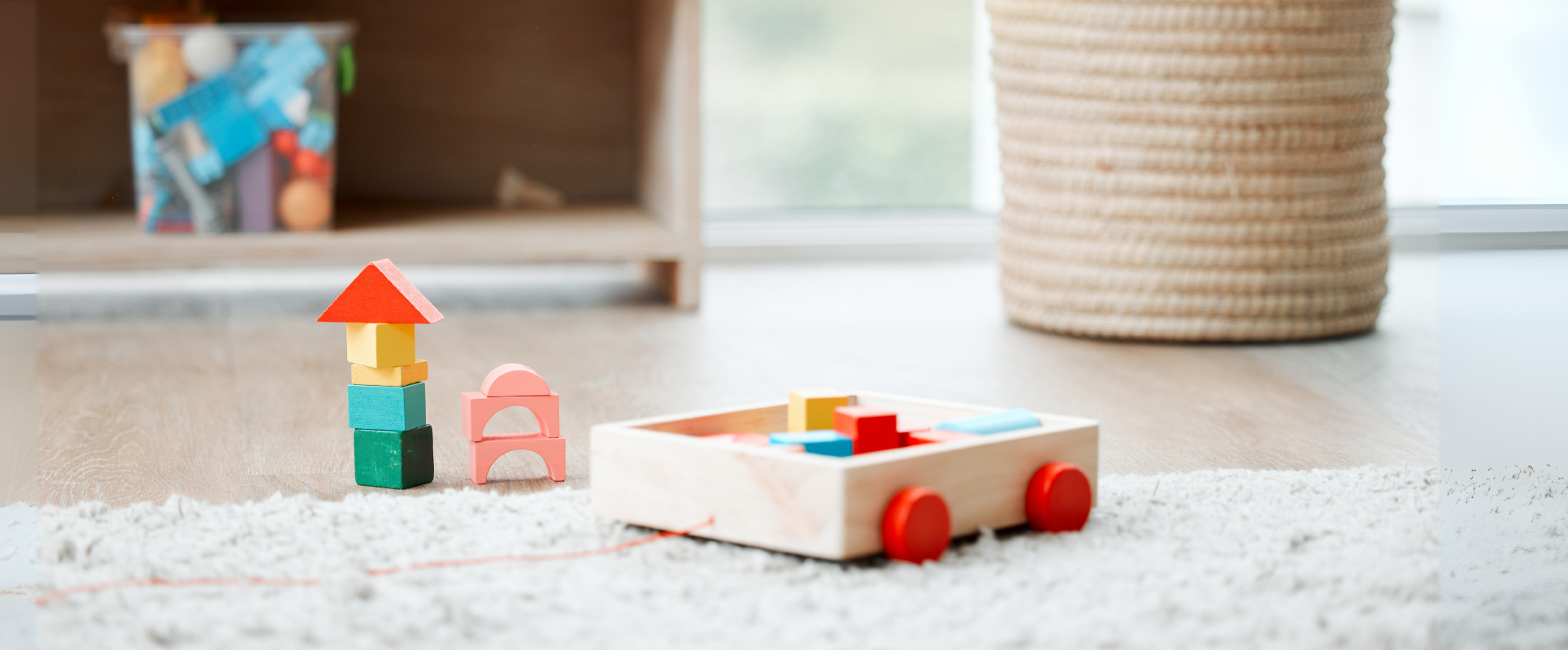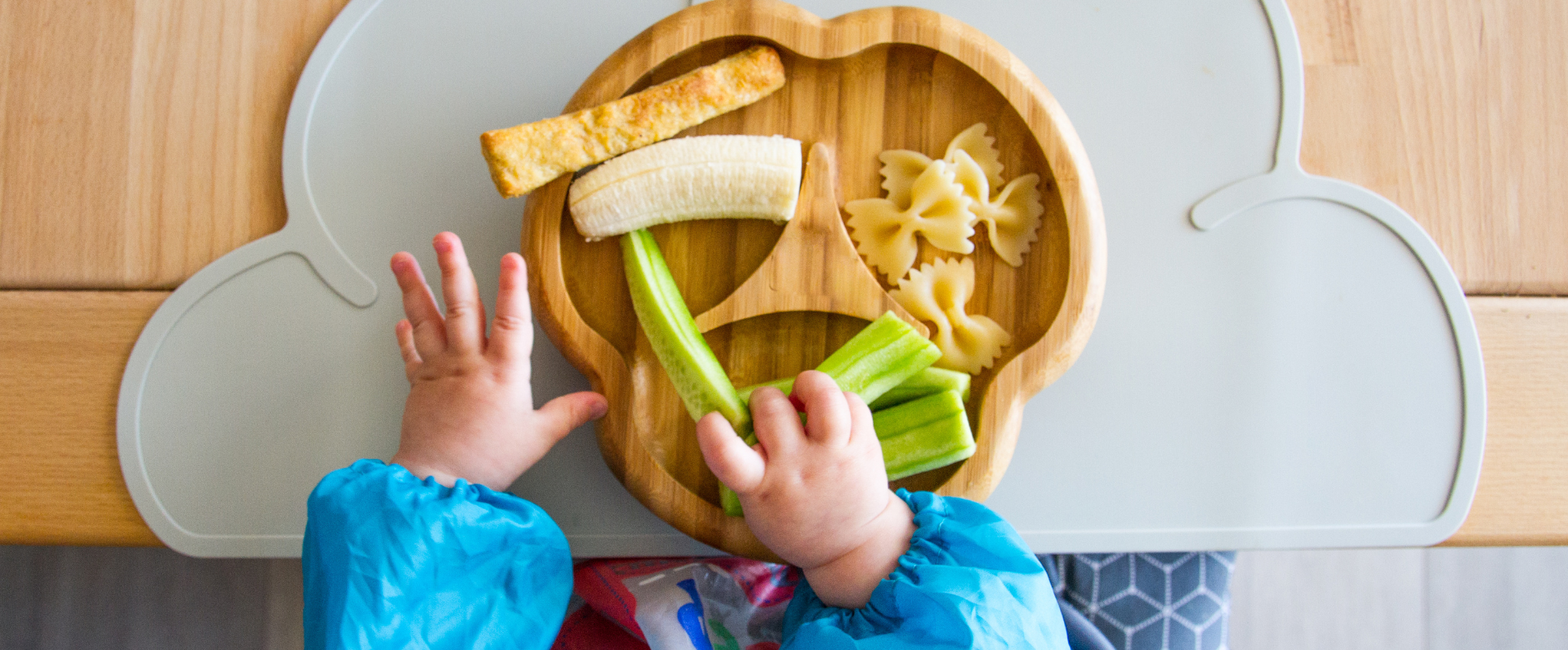
Baby Led Weaning (BLW): A Trusted Guide to Safe Self-Feeding from 6 Months
Baby Led Weaning (BLW) is gaining popularity among parents who want to encourage independent eating, healthy food relationships and fine motor development right from the start of solid foods. But how do you begin safely? What are the best foods to start with? And how can you tell whether your baby is ready? This evidence-based guide will help you get started with confidence.
1. What is Baby Led Weaning?
Baby Led Weaning is a feeding approach where babies are offered age-appropriate finger foods from around six months of age instead of being spoon-fed purees. It allows babies to grasp, explore, chew and self-feed — developing autonomy and physical coordination.
According to Gill Rapley, the pioneer of BLW and co-author of the book "Baby-Led Weaning: Helping Your Baby to Love Good Food", this method encourages responsive feeding and allows babies to regulate their appetite naturally.
Key differences from traditional weaning: No spoon-feeding or purees; babies eat soft family foods in safe forms and learn by observing parents at the table.
2. When Can You Start Baby Led Weaning?
The World Health Organization and pediatric experts recommend introducing solids around six months of age — but not earlier. Your baby is likely ready for BLW if they can:
- Sit upright independently
- Hold their head steady and show interest in food
- Bring objects to their mouth and chew on them
- Push food out with their tongue if it’s too much
Always consult your pediatrician before starting solids, especially if your baby was born prematurely or has medical conditions.
3. What Are the Benefits of Baby Led Weaning?
- Encourages self-regulation of hunger and fullness cues
- Improves fine motor skills and hand-eye coordination
- Promotes early exposure to diverse textures and flavors
- Reduces picky eating later in life
- Allows babies to participate in family mealtimes
A 2017 study in the journal Appetite found that children who followed BLW had a lower preference for sweets and less risk of obesity than traditionally weaned peers.
4. Best First Foods for Baby Led Weaning
Choose whole, soft foods that your baby can hold with their fist or palm. Ideal starter foods include:
- Steamed broccoli or cauliflower florets
- Ripe avocado or banana slices
- Steamed sweet potato or pumpkin strips
- Soft scrambled eggs or hard-boiled egg wedges
- Toast fingers with mashed vegetables or nut butter (thinly spread, salt-free)
Foods should be soft enough to squish between fingers and cut into stick shapes for easy grasping.
5. Common Concerns and Safety Tips
Is gagging normal during BLW?
Yes. Gagging is a protective reflex, especially strong in babies under one year. It helps prevent choking by pushing food forward. Over time, babies learn to chew and move food efficiently.
What foods should I avoid to prevent choking?
Avoid hard, round, or sticky foods like whole grapes, raw carrots, popcorn, whole nuts or spoonfuls of nut butter. Always supervise your baby and ensure they are sitting upright during meals.
How do I know if my baby is eating enough?
Between 6–12 months, breast milk or formula remains the primary source of nutrition. Solid food complements milk and is more about exploration than quantity at this stage.
Can I combine BLW with spoon-feeding?
Yes — this is called “flexible weaning” and can work well for some families. The key is letting your baby lead and never forcing food.
6. Tips for Safe and Enjoyable Mealtimes
- Use a stable high chair with a footrest
- Cut food into appropriate sizes and cook until soft
- Eat together so your baby learns by example
- Avoid distractions like screens during mealtime
- Offer water in a small cup for practice
Conclusion
Baby Led Weaning is a gentle, empowering way to introduce solids that supports development, curiosity and family bonding. By following your baby’s cues, offering nutritious finger foods, and ensuring safety, you can lay a positive foundation for lifelong eating habits.
A gentle reminder:
Feeding is not just nutrition — it’s about connection, trust and joy. Let your baby lead the way while you support and observe with love.
Sources:
- babyledweaning.com – founded by Gill Rapley
- HealthyChildren.org (AAP)
- Appetite Journal Study on BLW (2017)

